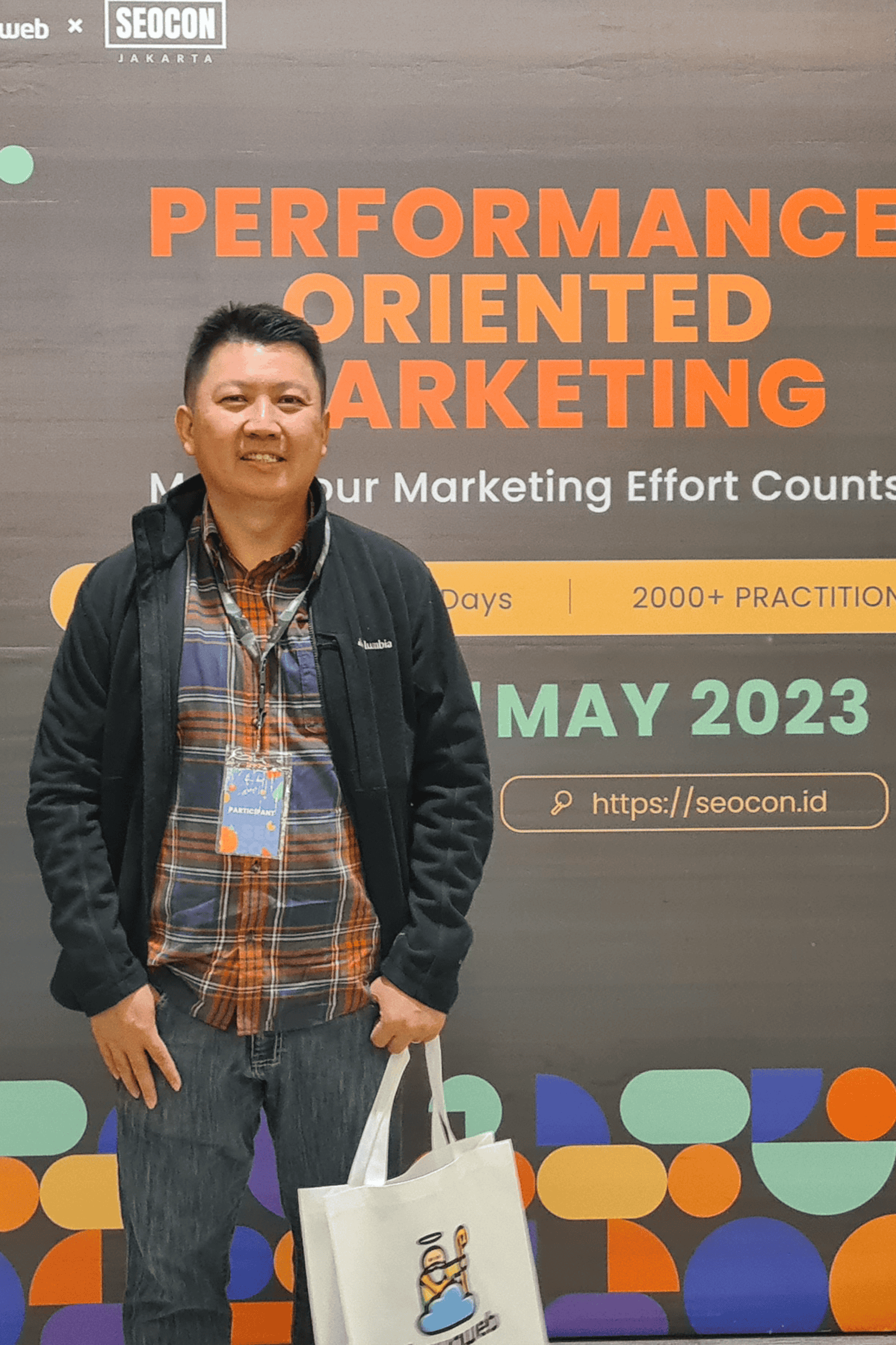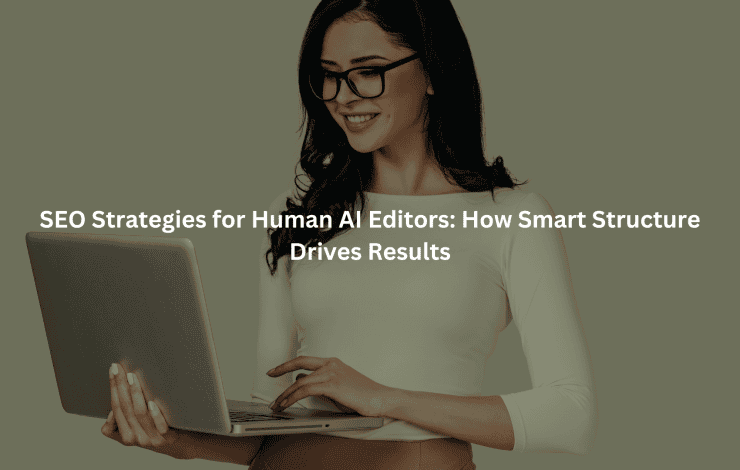A close look at a published piece, maybe one written by a colleague, shows the difference immediately. Some content just feels easy to read, and the keywords never trip you up. Others, you find yourself counting the number of times the same phrase repeats.
Digital agencies, especially those scaling with partners like Jet Digital Pro, face a choice: trust fully in AI tools or blend them with human oversight for the best keyword placement. That choice shapes rankings, user trust, and the value you deliver. Here’s how to get it right.
Key Takeaways
- Place primary keywords in titles, headers, and early paragraphs for maximum search engine impact, but keep it natural.
- Balance AI-driven keyword research and scalability with human editing for nuanced, readable, and brand-aligned content.
- Monitor keyword trends and adjust strategies in real time to avoid common pitfalls and ensure content stays valuable.
Optimizing Keyword Placement Strategies
A digital agency looking to scale content output will recognize the need for both efficiency and quality. The sweet spot? Combining AI’s data-driven approach with a human’s sense of context and tone. That’s been our experience at Jet Digital Pro, where every draft, AI-assisted or not, goes through an 11-step human editing process. [1]
Effective keyword placement requires:
- Understanding Google’s algorithm priorities. Keywords in the title tag, meta description, header tags, and image alt text still matter.
- Using primary and secondary keywords, not just for SEO strategy, but to match user intent.
- Building a content structure that allows keywords to appear naturally, not forced, across the introduction, headers, and main body.
The aim is always to serve the reader while helping search engine bots understand the content’s relevance.
Strategic Use of Primary Keywords
It’s tempting to sprinkle your main keyword everywhere, but placement beats frequency. In our work for agencies, we found higher search engine ranking when:
- The primary keyword is included once in the title tag, and again in the H1.
- It appears within the first 100 words of the introduction.
- It’s repeated in at least one H2 header, but never in a way that sticks out.
Take, for example, the phrase “content optimization.” In one case study, using it in the introduction and once more in a supporting H2 led to a 30 percent organic traffic lift in two months. Too much, though, and Google’s algorithm flags the page for keyword stuffing.
Importance of Titles, H1/H2 Headers, and Introduction Sections
Titles and headers do the heavy lifting for SEO. They tell both the reader and the search engine what the content is about. The Google algorithm still gives the most weight to:
- Title tag (less than 60 characters, main keyword near the start)
- H1 header (should echo the title, but can be more conversational)
- H2 headers (use for supporting or related terms, such as “keyword research” or “on-page SEO”)
- First paragraph or introduction (sets context for search engine bots)
What’s often missed is how much the introduction matters. We once edited a piece where the keyword only appeared in headers, never in the opening lines. It ranked on page three, until we fixed it.
Balancing Keyword Density to Avoid Stuffing
Google’s gotten better at spotting unnatural keyword usage. Keyword density (the percentage of times a keyword appears in a piece) should stay around 1 to 2 percent for primary terms. More than that, and you risk penalties. Here’s what works instead:
- Alternate with related terms and keyword variations
- Use semantic keywords (think “search queries” for an article about “keyword research”)
- Rely on human editors to catch awkward phrasing before publishing
At Jet Digital Pro, we run every draft through both AI tools and manual review to monitor density and spot anything that feels off.
Effective Distribution of Secondary Keywords
Primary keywords drive the main theme, but secondary keywords (and related terms) expand topical coverage and improve content relevance. They should appear:
- In subheaders and supporting paragraphs
- Naturally within the narrative, never bunched together
- As anchor text for internal links
For instance, a post about “keyword placement” might use “keyword mapping,” “semantic keywords,” and “content structure” in different sections. This mirrors how users search and how search engine bots recognize topical authority.
Integration in Subheaders and Supporting Paragraphs
Subheaders give structure, but they’re also prime real estate for secondary keywords. A few rules of thumb:
- Don’t force a keyword into every H2 or H3. Use when it fits.
- Supporting paragraphs are ideal for related terms and long-tail keywords.
- Avoid repetition. If a keyword feels awkward in a subheader, move it to a paragraph or image alt text instead.
Some agencies try to cram too many keywords into headers, only to end up with content that reads like a checklist, not a story.
Using Related Keywords to Expand Topical Reach
Google’s semantic search rewards content that covers a topic deeply. That means using:
- Synonyms and keyword variations (“keyword optimization,” “keyword usage,” “keyword tracking”)
- Related questions or phrases users might search
- Topical clusters, linking out to other pieces on similar themes
A well-structured article might cover “content engagement,” “search visibility,” and “keyword clustering” under the broader theme of “content optimization,” boosting both depth and breadth. [2]
Maintaining Content Readability and Engagement
No keyword strategy works if the reader bounces in the first few seconds. Human editors at Jet Digital Pro focus on:
- Short, clear sentences mixed with longer observations
- Active voice, direct address, and a conversational tone
- Parenthetical asides to explain technical details (“For example, keyword density is usually 1–2 percent”)
- Natural integration of keywords, avoiding robotic repetition
It’s the difference between content created for bots and content that actually gets read and shared.
Avoiding Awkward Phrasing and Repetitiveness
AI tools can generate awkward sentences when focused solely on keyword inclusion. The solution:
- Human oversight to spot and rewrite clunky phrasing
- Breaking up repetitive patterns by using different keyword variations
- Reading content aloud (yes, even in a busy office) to catch anything that doesn’t sound right
A memorable moment: one draft repeated “search engine bots” six times in two paragraphs. We trimmed it to two, swapped in “Google algorithm” and “organic traffic,” and readability improved overnight.
Ensuring Content Value for Users
SEO isn’t just about ranking. It’s about delivering value so users stick around. That means:
- Answering the user’s question or solving their problem, not just hitting keyword targets
- Adding unique insights, statistics, or personal anecdotes (like how real agencies use keyword planners or tackle keyword difficulty)
- Updating content regularly to reflect new keyword trends and strategies
Our own content calendar at Jet Digital Pro is mapped to both historical performance and emerging search queries.
Leveraging AI Insights for Keyword Trends

AI-driven tools are unmatched at:
- Scanning millions of search queries to find trending keywords
- Grouping terms by search intent and difficulty (using tools like keyword planner or keyword analysis)
- Suggesting long-tail keywords and semantic clusters
But AI can miss nuance. For example, it might recommend “content optimization” and “content engagement” together, but only a human notices when the topics don’t align with the brand’s message.
Identifying Emerging Keywords and Long-Tail Opportunities
Keyword trends shift quickly. AI helps by:
- Tracking changes in search volume and keyword competition in real time
- Surfacing new keyword ideas before competitors spot them
- Suggesting related terms that expand the content’s reach
One agency client boosted organic traffic by 20 percent in a quarter simply by adding three long-tail keywords to their content themes each month.
Adjusting Strategy Based on Real-Time Analytics
The best keyword strategy is iterative. That means:
- Using AI dashboards to monitor keyword performance, traffic, and engagement
- Adjusting keyword targeting and placement based on what actually works
- Combining AI reports with human analysis for context (sometimes, a drop in ranking is due to algorithm updates, not keyword choice)
At Jet Digital Pro, we check analytics weekly, not just monthly, to keep client content ahead of the curve.
Challenges and Limitations in Keyword Placement
No approach is perfect. Both AI and human methods have their flaws.
AI Limitations in Nuance and Emerging Trends
- AI sometimes produces generic or overused phrasing
- Can miss subtle audience signals, like changing slang or new pain points
- May not spot upcoming trends until they’re already competitive
Human Limitations in Time and Data Scope
- Manual keyword research takes hours, not minutes
- Easier to overlook data-driven keyword suggestions
- Hard to scale for large content projects without burning out
Balancing Scalability and Quality
Here’s where agencies must choose. AI offers:
- Scalability (thousands of articles per month)
- Automated keyword integration and tracking
But human editors:
- Maintain consistent quality and brand voice
- Spot errors and optimize for readability
The hybrid approach, AI for research and first drafts, humans for editing and final checks, proves most resilient to Google updates and user expectations.
Avoiding Common Pitfalls in Keyword Usage
Some mistakes are universal.
- Keyword stuffing leads to lower rankings and poor user experience
- Misalignment between keywords and content purpose confuses both readers and search engines
- Ignoring user intent, writing for bots, not people, results in high bounce rates
We’ve fixed dozens of articles from other agencies that made these errors. The fix is always the same: refocus on the reader.
Enhancing Content Performance Through Integrated Keyword Strategies
The agencies seeing the best results use:
- Continuous performance monitoring (weekly keyword tracking, not just monthly)
- AI dashboards to spot opportunities and issues early
- Human analysis to interpret results and adjust strategy
Are You a Digital Agency?
White Label SEO Content Services for Agencies
Scalable, customizable, and results-driven content solutions for your clients.
At Jet Digital Pro, our editors combine these tools for every client project, ensuring content is both discoverable and worth reading.
Aligning Keyword Placement with User Intent
Every keyword must map to a real user need, pain point, or dream. That’s why we:
- Start keyword research with audience personas and real questions
- Use keyword mapping to align topics with user goals
- Adjust content structure to keep context and relevance front and center
For example, search queries about “keyword optimization” often come from marketers looking to boost organic traffic, so content should address practical steps, not just theory.
Utilizing Semantic Clusters for Depth and Breadth
Topical authority grows from covering related topics in depth. Strategies include:
- Expanding content with related keywords and supporting themes
- Linking to other relevant articles to create a semantic cluster
- Using keyword grouping to ensure both breadth and focus
This builds expertise in Google’s eyes and gives users a reason to explore more.
Future Trends in Keyword Placement

AI is getting better at understanding context and nuance. But the need for human creativity, especially in brand voice and storytelling, is only growing.
- New AI models will predict keyword trends faster, but human editors will decide which to pursue based on brand fit
- The blend of semantic search, content engagement, and topical authority will shape the next generation of on-page SEO
Agencies that master both sides, scalable automation with nuanced human oversight, will dominate search results.
FAQ
How does human keyword placement differ from algorithmic keyword integration in terms of semantic relevance and keyword hierarchy?
When humans place keywords, they usually consider how real people read, making sure the keywords feel natural in the sentence flow. Algorithms might just insert terms based on keyword density or keyword suggestions without paying attention to semantic relevance or user intent.
Human keyword placement also allows better control over keyword hierarchy, helping structure content around keyword importance, keyword breadth, and keyword depth rather than relying on mechanical repetition or keyword stuffing.
Why is keyword proximity and keyword balance important when placing keywords manually in AI-generated content?
Human editors know that stuffing a bunch of keywords together can feel forced. They spread out keywords naturally, maintaining keyword balance to support both readability and keyword performance.
Keyword proximity, the space between keywords, matters because too many clustered phrases can confuse search engine bots. A person writing or editing content manually can spot when a keyword grouping feels off and adjust for better keyword integration and keyword context.
How can human keyword placement help avoid keyword cannibalization and support content structure in AI content?
Need a Strategic SEO Content Partner?
Let’s craft SEO content that ranks, converts, and grows your brand.
Talk to UsWhen humans place keywords, they can see the bigger picture. They avoid repeating the same target keyword across multiple articles, which prevents keyword cannibalization. They also map keywords to specific content topics and anchor text, building a stronger keyword mapping strategy.
This level of keyword monitoring supports clear content structure and helps build topical authority around a central keyword focus without overlapping search queries or reducing search visibility.
What role does keyword intent and content themes play when humans guide keyword placement in AI-written pages?
Human keyword placement keeps keyword intent aligned with content relevance. If the search queries behind a keyword show informational intent, the human will make sure the content themes match, something keyword tools might miss.
This keeps the content aligned with user intent and supports better content engagement. Humans also know how to mix short-tail and long-tail keywords without breaking the natural flow of supporting keywords and related terms.
Can human-led keyword placement improve organic traffic and long-term keyword effectiveness over automated systems?
Yes. When humans guide keyword selection and placement, they think beyond keyword trends or current keyword difficulty. They’re looking at keyword opportunity for long-term growth.
They often use keyword research tools, keyword planner data, and keyword tracking to see which keyword ideas have lasting value. They then enrich the content with keyword variations and semantic keywords that match Google algorithm updates and help drive sustainable organic traffic through smarter keyword optimization.
Conclusion
Quality keyword placement isn’t about chasing algorithms. It’s about making every word matter, for real readers and search engines. At JetDigitalPro, we blend AI-powered research with a hands-on, 11-step human editing process to craft content that ranks and reads well.
If you’re running a digital agency, our white-label SEO solutions help you scale without extra overhead. Start with a content audit or try one new keyword mapping technique this month.
Ready to scale smart? Contact us here.
References
- https://www.semrush.com/blog/keyword-optimization/
- https://webflow.com/blog/topical-authority-seo
Related Articles
- https://jetdigitalpro.com/how-human-ai-editor-boosts-seo/
- https://jetdigitalpro.com/human-ai-editor-for-seo-optimization/
- https://jetdigitalpro.com/role-and-value-of-human-ai-content-editors/
P.S – Whenever you’re ready,
we’re here to help elevate your SEO content.
Partner with us for strategic, scalable content that drives real organic growth.
Contact Us Now




